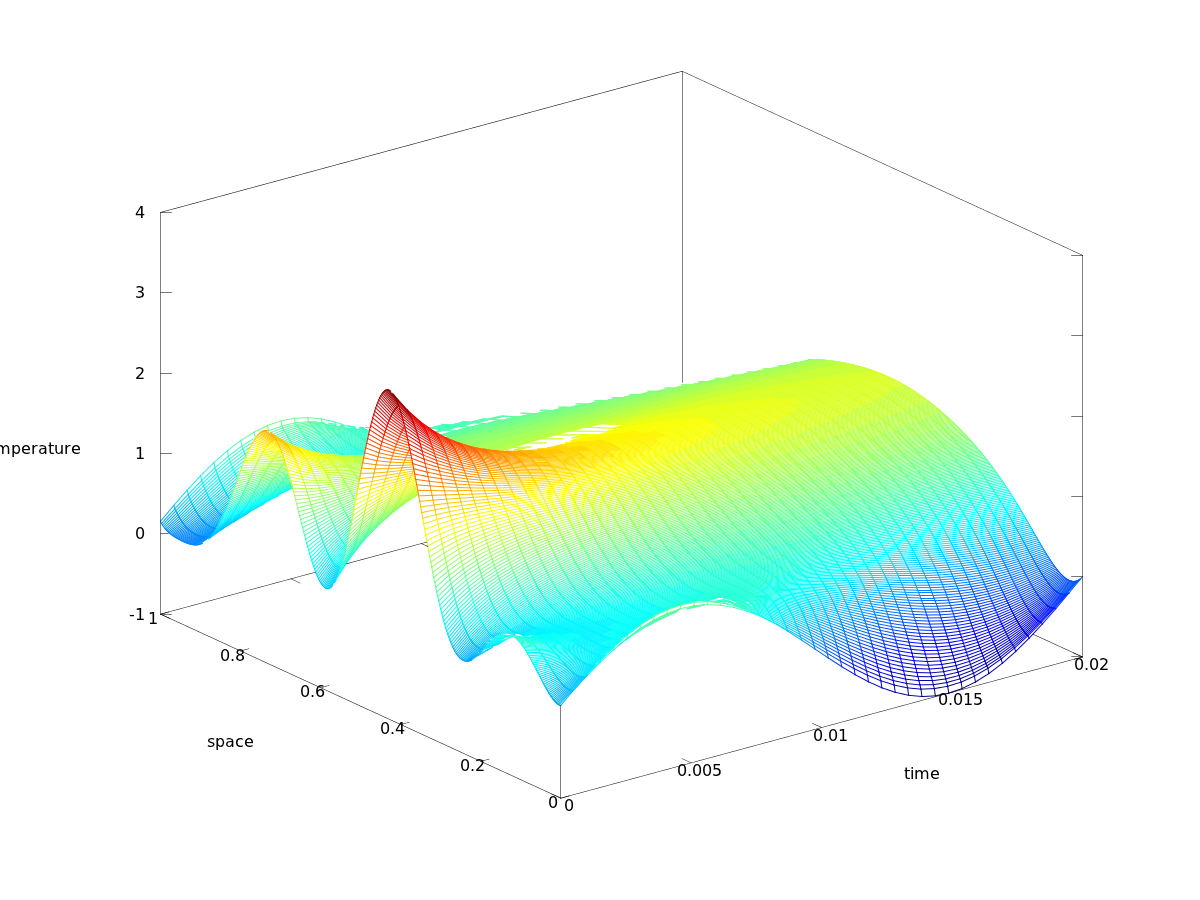

Disks or thick cylinders have slightly different formulas. radius is much less than the length, which is the common case for wires and rods.
#ELECTRIC FLUX EQUATION FOR ROD HOW TO#
In this tutorial, we show you how to use the magnetic flux formula in physics to find flux through loops, solenoids, coils, and other geometries. Electric potential Electric flux / potential energy Electrostatic discharge Gausss law. We know what we needed to know.Magnetic Flux Formula with Solved Problems So, put your imaginary positive test charge back in your pocket. E is the magnitude of the electric field at a point in space, k is the universal Coulomb constant k 8. Again, the electric field at any point is in the direction of the force that would be exerted on a positive test charge if that charge was at that point, so, the direction of the electric field is “directly away from the positive source charge.” You get the same result no matter where, in the region of space around the source charge, you put the positive test charge. In equation form, Coulomb’s Law for the magnitude of the electric field due to a point charge reads. This means that the source charge, the point charge that is causing the electric field under investigation to exist, exerts a force on the test charge that is directly away from the source charge. We know that like charges repel, so, the positive source charge repels our test charge. What is the electric flux through the rectangle if Electric field (100i +50k) N/C Homework Equations eEAcos (Electric Flux Equation) The Attempt at a Solution My question is to find the magnitude of the electric field we.

Place your positive test charge in the vicinity of the source charge, at the location at which you wish to know the direction of the electric field. I recommend that you keep one in your pocket at all times (when not in use) for just this kind of situation. If B is uniform: B B A BA cos B BdA 0 Units : 1 Weber (1 Wb 1 T m 2 1 N m / A) - Difference with respect to electric flux the total magnetic flux through a closed surface is always zero. First, we just have to obtain an imaginary positive test charge. Magnetic Flux and Gauss’s Law for Magnetism B BdA B dA BdA cos - Magnetic flux is a scalar quantity.

Let’s use some grade-school knowledge and common sense to find the direction of the electric field due to a positive source charge. where we have used the fact that the angle between the area vector and the magnetic field is 0°. We need to relate this to the cause of the electric field. Thus the rate of change of the magnetic flux is. First, EMF is directly proportional to the change in flux. Faraday’s experiments showed that the EMF induced by a change in magnetic flux depends on only a few factors. This defining statement for the direction of the electric field is about the effect of the electric field. It is the fundamental operating principle of transformers, inductors, and many types of electrical motors, generators, and solenoids. The current density vector is defined as a vector whose magnitude is the electric current per cross-sectional area at a given point in space, its direction being that of the motion of the positive charges at this point. We have already discussed the defining statement for the direction of the electric field: The electric field at a point in space is in the direction of the force that the electric field would exert on a positive victim if there were a positive victim at that point in space. In electromagnetism, current density is the amount of charge per unit time that flows through a unit area of a chosen cross section. Remember, the electric field at any point in space is a force-per-charge-of-would-be-victim vector and as a vector, it always has direction. \(r\) is the distance that the point in space, at which we want to know \(E\), is from the point charge that is causing \(E\).Īgain, Coulomb’s Law is referred to as an inverse square law because of the way the magnitude of the electric field depends on the distance that the point of interest is from the source charge. \(q\) is the charge of the particle that we have been calling the point charge, and


 0 kommentar(er)
0 kommentar(er)
